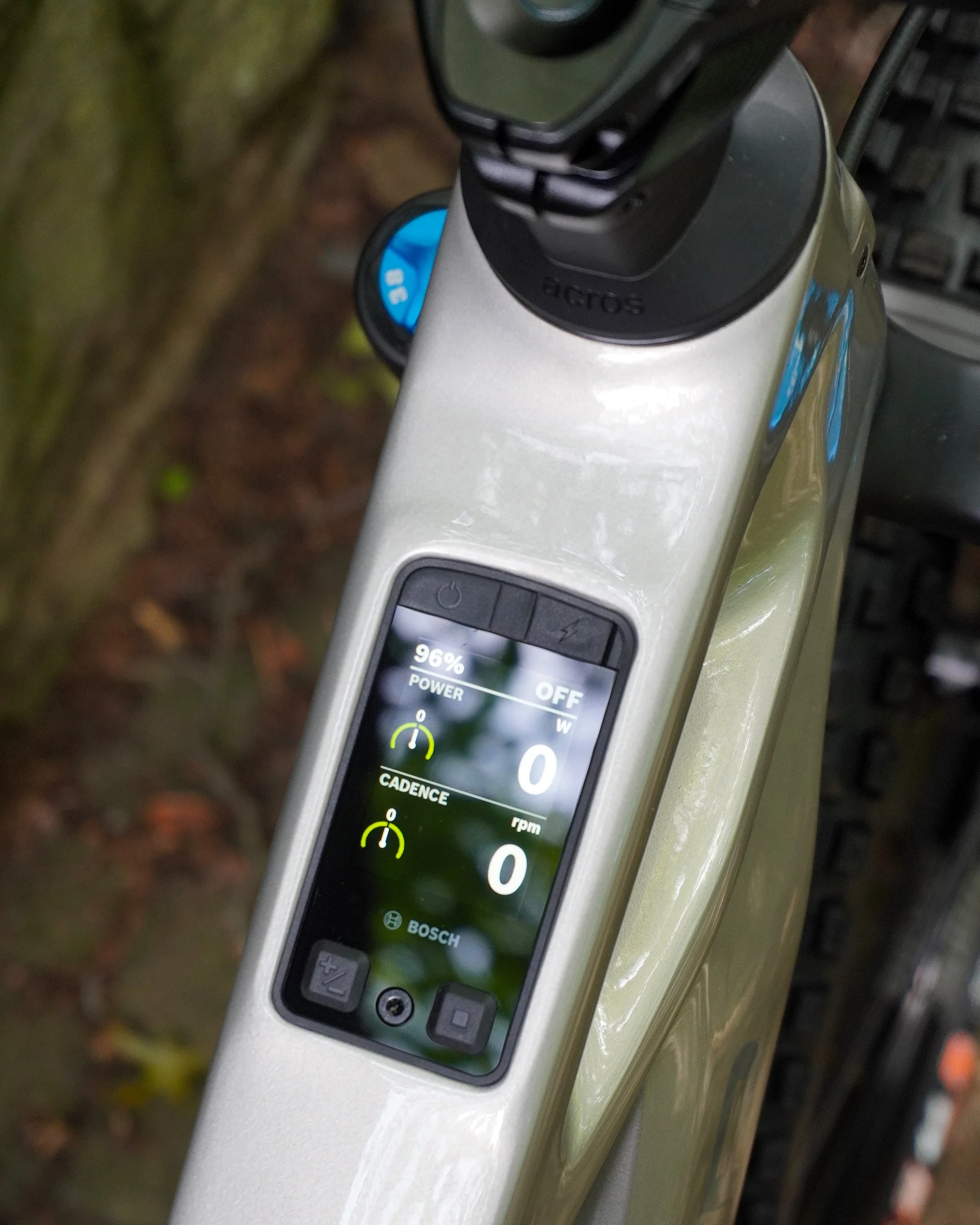It’s (Not) All Ball Bearings Nowadays
Bikes aren’t as simple as they used to be (man, I sound old). These days, our mechanics are more like advanced bicycle technicians. From software and firmware updates to diagnosing complex electrical issues on eBikes, the level of skill and experience required in the shop has changed drastically over the last five years.
Coming from a background as a machinist, application engineer, and CNC machine tool technician, I’ve found that I’m well-prepared to dive into this new era of bike technology. Kevin’s experience in the automotive and motorcycle world, and Danny’s training as a helicopter technician, give us a team that’s uniquely equipped for the kinds of bikes we see coming through the WORKSHOP—whether they’re for sale or in for repair.
That said, not every shop is set up to handle this level of complexity. Not to sound braggadocious, but we often find ourselves fixing bikes that were unsuccessfully repaired elsewhere—a common theme here.
One of the real challenges we face is maintaining healthy margins on these more complicated repairs. As technology continues to evolve, customers understandably ask, “It’s just a bicycle… why does it cost so much to fix?” The reality is, the tools alone have evolved from simple wrenches and pliers to laptops, smartphones, hydraulic bleed kits, and proprietary diagnostic hardware. Just being prepared to start the repair process is significantly more expensive than it was five years ago. And once we begin, having the patience and skill to methodically troubleshoot issues is a discipline in itself.
As an example—since mountain bikes are our forte—we’re often faced with bikes that have mysterious creaks and noises that other shops spend weeks chasing down without success. To handle this kind of work efficiently, we’ve invested in a wide range of tools: bearing pullers, grease injectors, and presses in every size, allowing us to remove and service linkage parts quickly and effectively. This lets us offer these repairs at a fair price. On top of the tools, simply maintaining a well-stocked inventory of bearings is a task in itself. Learning how to do this work right took time and commitment. After years of trial and error (and more than a few hours lost battling stubborn creaks), we now have a streamlined and proven process.
Then enter the world of eBikes—a completely different challenge with a whole new set of parameters. We quickly learned the importance of being able to drop a battery or motor on the spot, and even having backup parts ready to diagnose a non-functioning bike. Thanks to the experience and technical backgrounds of our staff, we were able to shorten the learning curve compared to other shops. That said, troubleshooting eBikes still presents daily challenges.
We’ve moved beyond the stage where fixing a dead eBike (from a reputable brand) feels daunting. But it still requires the same methodical approach we use with complicated mechanical issues. While there are only so many variables in an eBike system, identifying the right one quickly is key—especially when we want to avoid giving customers sticker shock at pickup.
New technology excites us, but it also constantly raises the bar. Luckily, we’ve got an incredible team—and we’re always up for the challenge.



